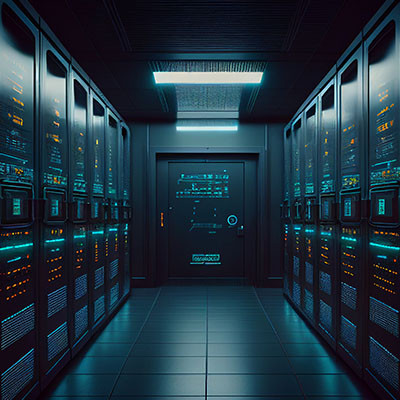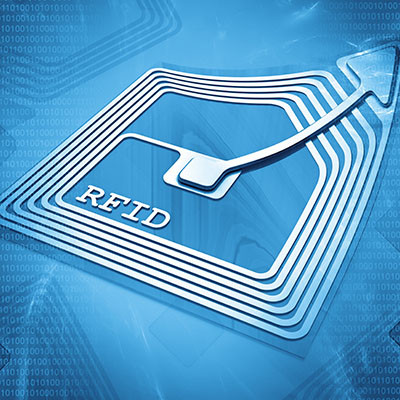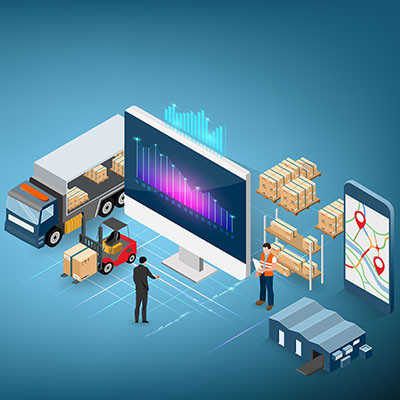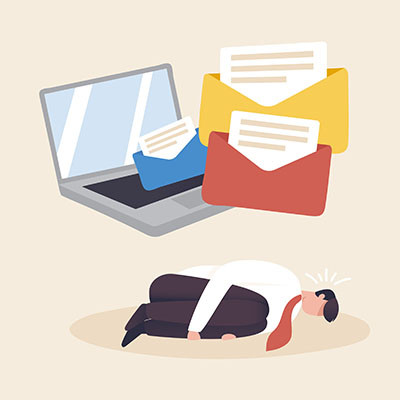The modern business creates and deals with a lot of data, and has for some time. For most of that time, this data has just been ignored, but recent developments in analytics and business intelligence has made this data extremely valuable. In order for your analysts to make accurate determinations they’ll need access to a wide variety of data from a myriad of sources. This is where data warehousing comes in.
Aniar Blog
Wouldn’t it be great if your business didn’t have to worry about technology problems? Well, with the right amount of attention and care invested, your business can minimize technology issues and optimize your infrastructure for proactive technology management rather than reactive. Let’s go over some of the most important practices.
For the past few weeks, we have been looking at the idea of procrastination and how it manifests in individuals to directly impact your business. Today, we want to take a closer look at how you can put a halt to procrastination in the short term, as well as how you can further these tactics to create real change over time. We’ll begin with the short-term solutions.
The word “bandwidth” is thrown around a lot in business technology, but what does it really mean? Today, we wanted to cover some of the frequently asked questions business owners have about network bandwidth and what it specifically means for business technology infrastructures and data management as a whole.
The growth that digital storage has seen over the past several decades is immense. In that time most data has been stored on hard disk drives (HDD). Now with solid-state drives (SSD) being more affordable than ever, it’s no surprise that most computers are preferring this faster and less fragile model. Today, we wanted to highlight that fragility and try to expose some variables that help you tell if your HDD is about to fail.
If you are trying to add new tools to your infrastructure, you might quickly find that technology can be a serious challenge for your budget… that is, unless you make some smart investments and decisions about how you implement it. We can help you make the best technology decisions for your business. In fact, here are three strategies you can try to optimize your technology spending.
If you have a to-do list a mile long, then you’ll need to develop a system to place priority on what truly matters and what could be put off until a bit later. Thankfully, you don’t have to develop a system from scratch, as one of the more interesting methods for tackling your to-do list has already been developed and inspired by a 1950s speech: the Eisenhower Matrix.
Technology can get costly, especially if you are looking to integrate new tools into your business’ existing infrastructure. Since this technology is going to play a major role in how your business performs, you need to be vigilant about making the right investments. This week, we thought we’d help by providing three strategies that you should consider when spending on technology.
Procrastination is one of the banes of any productive employee, and as such, it’s worth examining why procrastination surfaces and what you can do about it. In this series of blogs, we’re going to take a deeper dive into procrastination, with this week focusing on the concept of procrastination and what might cause it.
Your business uses software to function, but we would like you to consider the role that each of your applications fulfills for your business. Do you have the right amount of software for your company’s needs, or do you have a lot of redundant solutions that only complicate your infrastructure and operations? Today, we’ll discuss the different types of software your company might use so you can make educated decisions about applications you might implement for your needs.
If you want your business to grow, then you’re going to have to get used to dealing with complex problems that require complex solutions. You can implement technology to make solving these challenges easier, but at the same time, you want to be careful that the solutions you implement are not going to get in the way of productivity. Today, we want to discuss good old-fashioned bureaucracy, and how while you might not want to build it into your strategy, it will probably happen anyway.
Technology has been a consistent force in the betterment of humanity, constantly pushing it to reconsider old ways of doing things and what could be improved. Key industries that have just about always utilized technology, from factories to old-fashioned wheels and farm equipment, include agriculture and manufacturing. In fact, 3D printing might be able to help produce food! Let’s look at what this technology could do to fill the stomachs of hungry people around the world.
If your business works with many different vendors, then you know that your vendor management strategy can very much take on a life of its own and spiral out of control. The more time you spend working with vendors, the more time you’re not spending on the actual tasks associated with your job responsibilities. This means that you’re leaving a lot of wasted productivity and time on the table. We’re here to help you get the most out of managing your vendor relationships, as well as one secret that can help you get the most out of them.
The challenges that remote work has presented employers for the past few years are being remedied, not by a full-scale return to the office, but with hybrid work strategies. These strategies promote both the return to the office and the retention of schedule flexibility for remote-capable workers. It is a compromise that is having eye-opening results.
Have you ever considered the importance of client-side encryption for your Gmail and your Calendar? If you implement it, you can create meetings and send or receive emails that have been encrypted before they are sent to Google’s servers. Organizations using Google Workspace Enterprise Plus, Education Standard, and Education Plus can expect this client-side encryption tool, but personal users will be left in the dust.
We often mention the Internet of Things in this space because, as business technology goes, it is one of the most untapped resources that companies have presently. One of the most useful IoT tools is the RFID sensor. Today, we will explain what an RFID tag is and how it can work to improve your business.
Software is extremely important for businesses, so when you are creating the strategy and roster of applications you plan to use, you need to be smart about it. One way you can make the most out of your technology budget is to consider Software-as-a-Service (SaaS). With SaaS, your business can get the digital assets it needs at a price you can afford. Let’s discuss what makes SaaS so valuable for businesses.
Small manufacturers and distributors require a completely different set of conditions than your typical small business. Most small businesses just don’t have the resources at their disposal to properly address issues that surface. One way these organizations can improve the way they perform is through the use of a logistics platform.
Have you ever tried using an email group? You might find that it helps you stay organized and efficient. Instead of sending a copy of an email to each and every recipient, you can basically create a “forum” of sorts to make collaboration easier than ever. You can do this through the groups feature in Gmail.




















